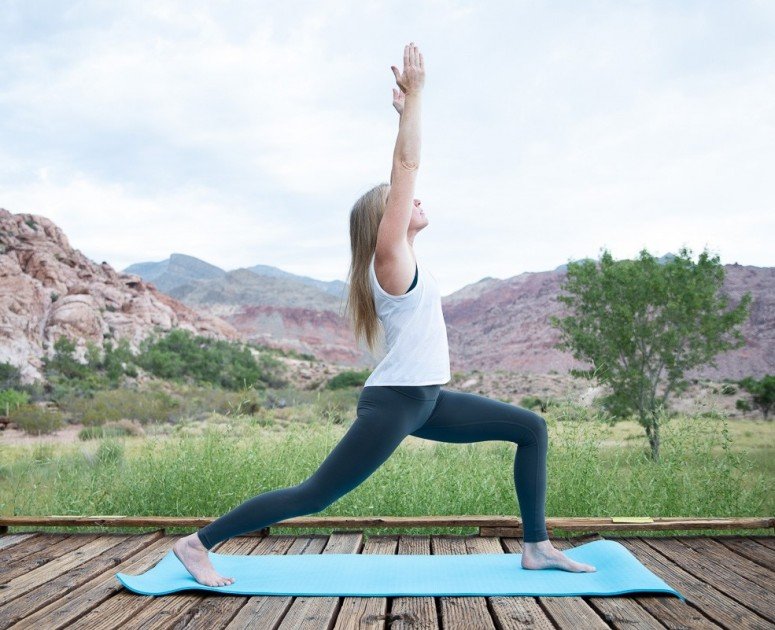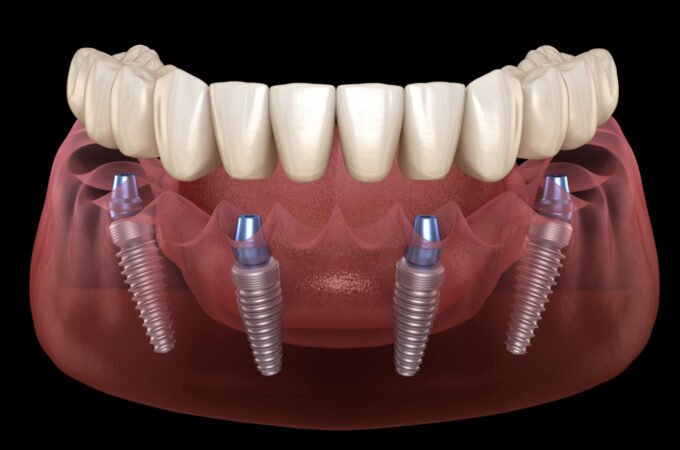
5 Factors to Consider Before Buying a Yoga Mat
The art of practicing Yoga has come a long way from the olden days when yoga was practiced either on hard earth without any cover or on animal skins mainly tiger or deer. Thankfully those days are long gone and today we have several types of Yoga mats available on the market to suit our requirement as well as personal preference. The Yoga mats that we see today are a result of Western influence and have become an integral part of performing any type of Yoga routine. Nowdays people are also using yoga belts that you can buy online.
The Yoga mat keeps the practitioner stable when they are practicing complex ‘Asana’, while catering to the comfort quotient and lastly provides a soft cushion against serious injury in case the practitioner loses balance and slips.
Earlier there was only one basic type of Yoga mat available, these were made from PVC and were popular mainly because of its sticky feel. These were available in two basic colors purple or blue. However with time the humble Yoga mat has evolved and today there is a Yoga mat for every choice and preference.
Whether you are an avid Yoga practitioner or a beginner there are certain crucial aspects that you must be aware of before you buy mats for Yoga. These days there are several types of Yoga mats available, it is important to choose one that suits type of Yoga practice, priority factors such as comfort, lifestyle choice, personal values and lastly your budget.
Material of the Yoga mat

The material of the Yoga mat is the most important factor as it will determine the texture, feel, comfort, anti-skid properties and its wear and tear with regular usage. The most common standard Yoga mats is made from PVC also known as Vinyl. These mats have foam-like appearance and feel. These mats are easily available in most sports shops and are reasonably priced. However, the mats are not environment friendly and may emit a strong plastic smell initially. The other natural options are mats made from jute, natural rubber and cotton.
Buying Guideline
Your preference for comfort should determine your choice, in case you are allergic to latex it is advisable to avoid mats made from natural rubber.
Texture of the Yoga mat
The texture of the Yoga mat will determine the traction the mat provides since texture has direct impact on anti-skid properties of the mat. Organic mats such as Jute Yoga Mats have a roughness to them and might not feel too comfortable for a lot of Yoga practitioners. In comparison PVC Yoga mats have a much softer feel to them. Another option is using a microfiber Yoga towel, these can be laid on top of a regular Yoga mats to prevent slippage.
Buying guideline
If your preference is buying an anti-skid Yoga mat, then avoid buying PVC Yoga mat, instead choose a mat made from rubber, cotton or jute as these mats have raised patterns that increase the practitioners grip on the mat and will enable them to stay on their feet even while practicing advanced Yoga asana.
Thickness of the Yoga mat
If the Yoga mat is too thin, then there are chances of hurting the knees, back etc. The thickness of the yoga mat is the key determinant of comfort of the practitioner.

A standard Yoga mat has a thickness of approximately 1/8 inch while the thickest mats have the thickness of 1/4 inch. Whereas travel yoga mats which are specially designed to be portable and lightweight have the least thickness of about 1/6 inch. These are usually preferred by people who travel frequently but do not want to miss their workout routine.
Buying guideline
Comfort and space availability for storage should be ones prime considerations before buying. If space is a constraint then its best to invest in standard Yoga mats having 1/8 inch thickness. However, if comfort is the key area of concern and you do not mind storing or carrying a heftier Yoga mat then its best to invest in a premium quality Yoga mat. You can order cork yoga mat from shops that offer the best deals.
Eco-friendly Yoga mat
If being eco-friendly is an important criterion for you then you should consider buying Eco-friendly Yoga. Popular options are rubber, jute and cotton along with a mix of jute fabric with rubber. These mats have a natural rigged texture and provide great grip to the practitioner. In case you suffer from excessive sweating then eco-friendly Yoga mat is a good option for you.
Buying guideline
Eco-friendly Yoga mats are available in varying thickness, its best to choose one that meets your requirement of comfort as well as portability.
Price of the Yoga mat

A plain, solid colored PVC Yoga mat having the standard thickness of 1/8 inch is the most pocket friendly option. As you change your selection criteria and include design or specific logos, thickness, manufacturing process and raised textures, the price range gradually increases. The most expensive Yoga mats are eco-friendly Yoga mats
Buying guideline:
Do not let the price become the main criteria to buy mats for Yoga. Make a selection based on your individual requirement, if comfort is the key criteria then its best to shell out more and buy a mat that has the maximum thickness.
Things to consider before making the final purchase
- Do not overlook the length of the Yoga mat
- Certain types of Yoga require specific Yoga mats, for instance Ashtanga Yoga required sticky mats to enable ease of movement while transitioning from one asana to another
- If you experience any kind of discomfort it’s time to review your choice of Yoga mat and invest in another more suitable mat.




